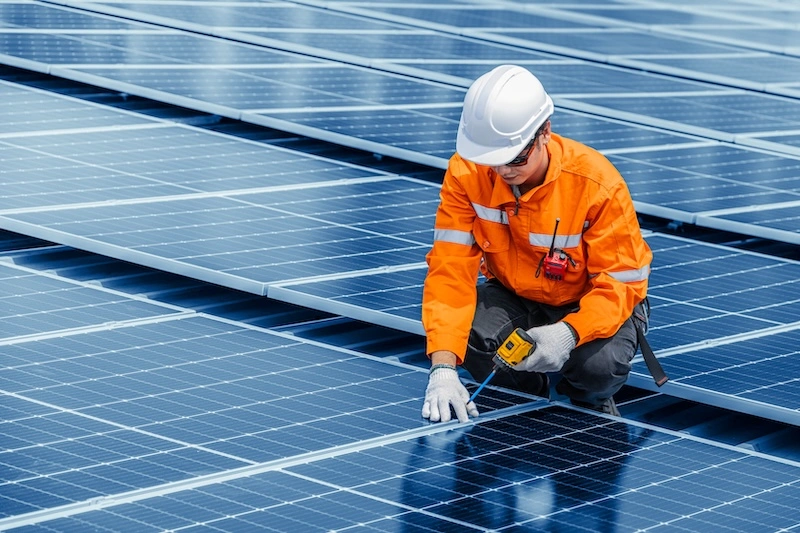Technology
October 8, 2025
Illinois key contributor as US Energy storage capacity reaches 5.6 GW in Q2 2025
StartMidwest

The U.S. energy storage sector achieved a landmark milestone in the second quarter of 2025, registering its highest-ever quarterly capacity addition of 5.6 gigawatts (GW), according to the latest U.S. Energy Storage Monitor report jointly released by the American Clean Power Association (ACP) and Wood Mackenzie.
The report summary suggests that utility-scale projects were the driving force behind this surge, contributing 4.9 GW alone, and that total US storage will reach 87.8 GW by 2029. The additional capacity is sufficient to power approximately 3.7 million American homes during periods of average peak demand, highlighting the increasing reliance on large-scale battery storage to address rising electricity demand and energy prices nationwide.
Texas, California and Arizona accounted for 75% of installed capacity. The Electric Reliability Council of Texas (ERCOT) outpaced the California Independent System Operator (CAISO) in Q2 2025 to claim the largest operating battery storage capacity in the country, with ERCOT accounting for 51.5% of the 6.239 GW installed across the U.S. during the quarter.
Residential energy storage systems also posted impressive gains, achieving 608 megawatts (MW) of new installations, a 132% increase compared to the same period last year and an 8% rise over Q1 2025. States such as California, Arizona, and Illinois were primary contributors to this growth, fueled by increased adoption of higher-capacity home battery systems and ongoing policy support. In Illinois, the Climate and Equitable Jobs Act of 2021 introduced a ‘Net Billing Tariff’ which came into effect on January 1st of this year.
Experts from Wood Mackenzie state in the report that they anticipate residential storage to outpace solar capacity growth due to stronger policy durability, high market attachment rates, and continued eligibility for tax incentives through third-party ownership models.
In contrast, the community, commercial, and industrial (CCI) storage segment reached just 38 MW in new installations, reflecting an 11% year-over-year gain but remaining relatively constrained by cost barriers and regulatory challenges. California and New York led this segment’s growth, with Illinois also making strides.
The market faces some nuanced headwinds amid this expansion. The report also points to pricing uncertainties and potential policy fluctuations, particularly surrounding the Federal Energy Investment Tax Credit (ITC), as factors that could temper growth in certain segments.
Nonetheless, ACP Vice President of Energy Storage Noah Roberts emphasized that despite regulatory uncertainties, the fundamental drivers for energy storage remain robust. “Energy storage is being quickly deployed to strengthen our grid as demand for power surges and is helping to drive down energy prices for American families and businesses,” he said. “the industry is on track to produce enough grid batteries in American factories to supply 100% of domestic demand. Energy storage will be essential to the expansion of the U.S. power grid and American energy production.”
The second quarter of 2025 may mark a pivotal moment for the U.S. energy storage market, with a scale-up in utility-scale projects, robust residential growth, and ongoing efforts to overcome challenges in community-scale deployment. With continued policy support and expanding manufacturing capacity, as well as an ever-increasing appetite for data centers energy storage is poised to play an essential role in the nation’s energy transition, grid reliability, and cost management strategies for both consumers and businesses.
Trending Stories
Latest Videos



